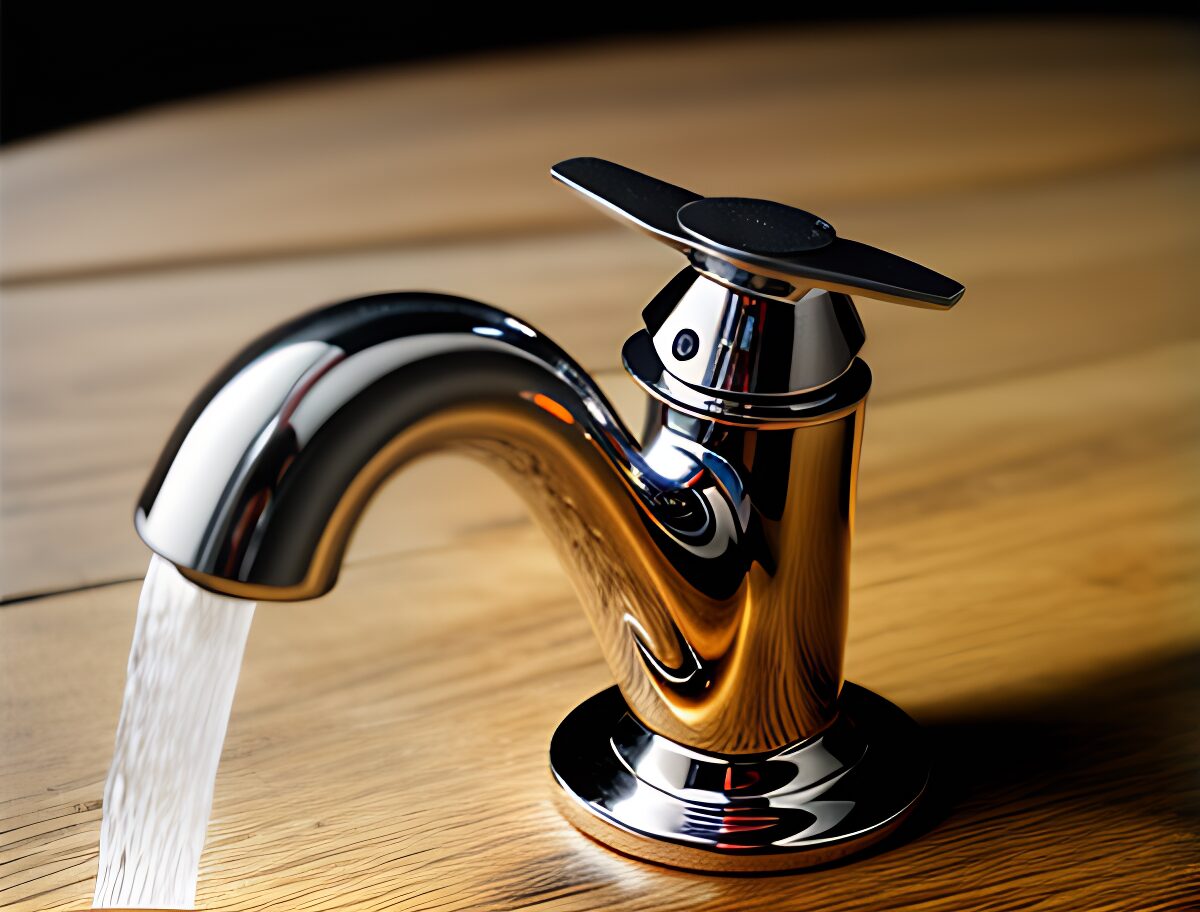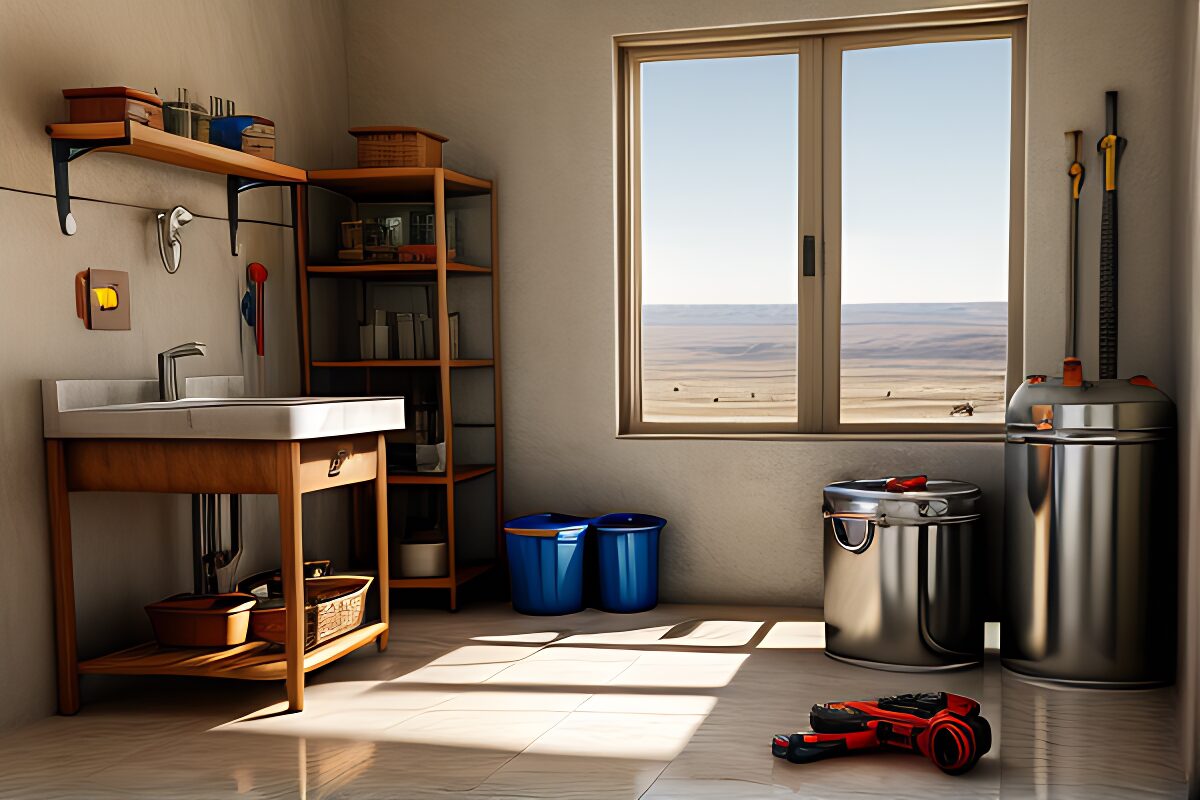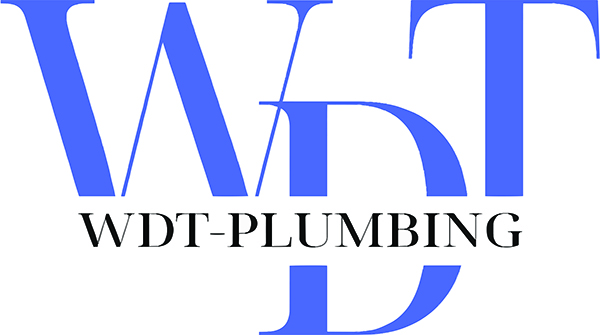DIY Plumbing Inspections: A Step-by-Step Guide

Maintaining a healthy plumbing system is essential for any homeowner, especially in areas like Mesa, Chandler, San Tan Valley, and Queen Creek. Conducting your own plumbing inspections can help you identify potential issues before they become costly problems. This guide will walk you through a detailed DIY plumbing inspection, highlighting the essential tools and techniques needed to ensure your home’s plumbing is functioning correctly.
Tools You’ll Need
Before you begin your inspection, gather the necessary tools to make the process efficient and effective:
- Flashlight: For visibility in dark spaces like under sinks and behind appliances.
- Adjustable wrench: Useful for tightening or loosening fittings and nuts.
- Plunger: Essential for addressing minor clogs in sinks, toilets, and drains.
- Screwdriver set: Needed for removing and securing hardware.
- Pipe wrench: Helpful for gripping and turning pipes that are usually tough to handle.
- Tape measure: For measuring pipe distances and clearance.
- Inspection mirror: Allows you to view hard-to-reach areas around pipes.
- Leak detection dye or tablets: These help in identifying toilet leaks.
Step-by-Step Inspection Guide
1. Check for Leaks
Start your inspection by checking for any signs of leaks. Look for puddles, drips, or stains on walls, ceilings, and floors, especially around plumbing fixtures like sinks, bathtubs, and water heaters. Don’t forget to inspect under sinks where pipes and joints may become loose over time.
2. Inspect the Water Heater
The water heater is a crucial component of your home’s plumbing system. Check for any signs of rust or water leakage around the base and the pressure relief valve. It’s also important to flush the tank annually to remove sediment buildup, which can affect the heater’s efficiency and lifespan.
3. Test Water Pressure
High water pressure can damage pipes and appliances. You can test your home’s water pressure by using a pressure gauge that attaches to a spigot. Generally, residential water pressure should be between 40 and 60 psi. If it’s consistently higher, consider installing a pressure regulator.
4. Examine Faucets and Showerheads
Check all faucets and showerheads for drips and leaks. Make sure they are attached firmly and that water flows evenly. Mineral deposits can clog the aerators and affect water flow, so clean or replace any clogged aerators.
5. Clear Slow Drains
Slow drains are often a sign of clogs. Use a plunger or a plumber’s snake to clear any obstructions in sinks, showers, and bathtubs. Avoid using chemical drain cleaners as they can harm your pipes over time.
6. Assess Toilets
Check your toilets for stability; a toilet that rocks or moves may have a broken flange or wax seal, leading to leaks. Drop leak detection dye tablets into the tank; if color appears in the bowl without flushing, you have a leak that needs fixing.
7. Review Outdoor Connections
Inspect any outdoor spigots and attached hoses for leaks. Make sure they operate correctly and do not leak when turned off. Also, check irrigation systems and pools for visible signs of leakage.
Concluding the Inspection
Once you have completed these steps, make a list of any issues you’ve discovered. For minor problems like tightening a loose fitting or replacing a washer, you might handle these yourself. However, if you encounter more complex issues, such as a malfunctioning water heater or major leaks, it’s wise to contact a professional plumber.
By regularly performing a DIY plumbing inspection, homeowners in Mesa, Chandler, San Tan Valley, and Queen Creek can ensure their plumbing systems are in good working order, potentially saving thousands in repair costs down the road. Remember, a little preventative maintenance can go a long way towards maintaining the health of your home’s plumbing.
WDT – We Do That Plumbing
Quality plumbing services for residential properties.
Licensed | Bonded | Insured : ROC# 346166
Mesa, Queen Creek, Chandler, Apache Junction, San Tan Valley, and Florence.
Schedule An Appointment
480 943 7943
Call Before 10 AM for Same Day Service
Call After 10 AM for Next Day Service

